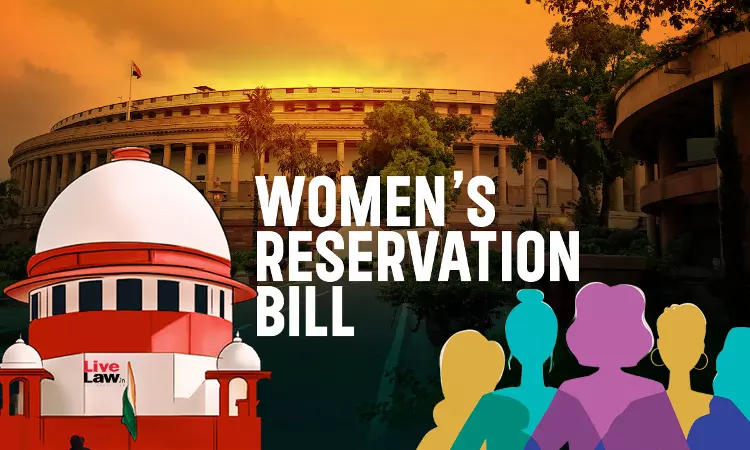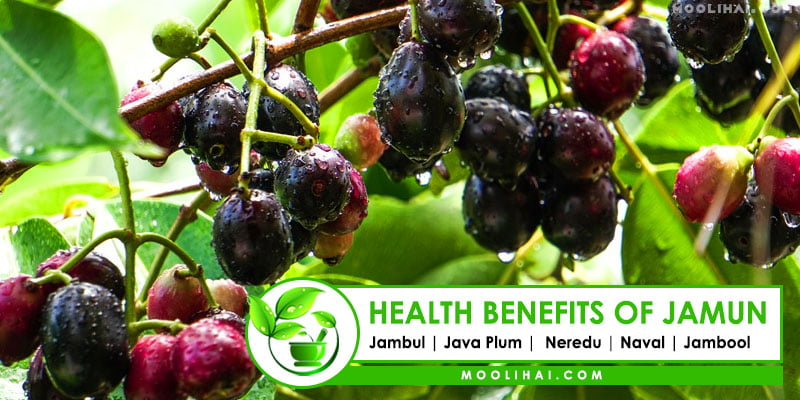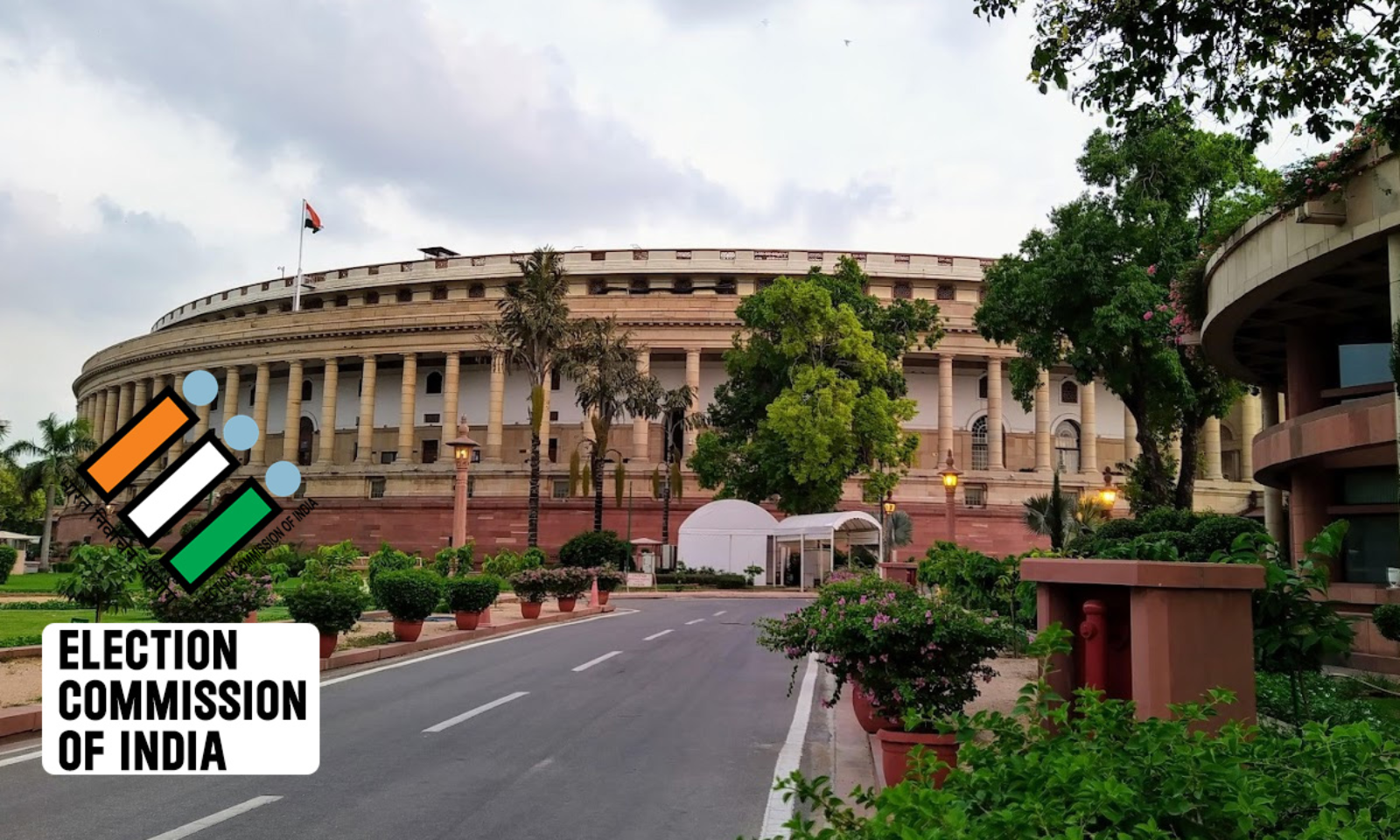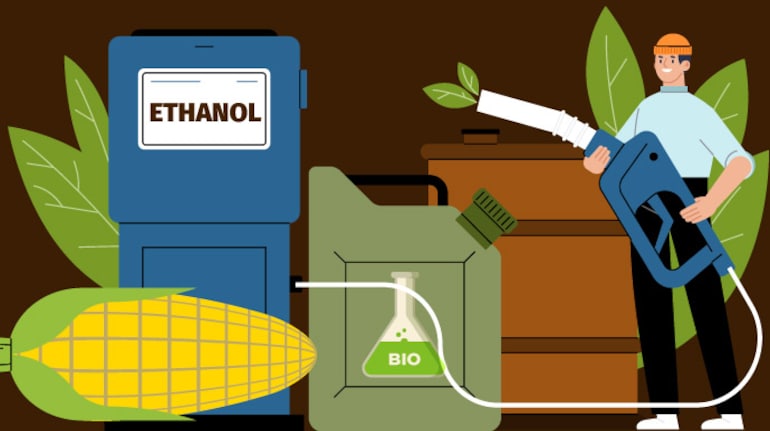UTTRAKHAND POWER PROJECT
· A significant step toward strengthening Uttarakhand's power infrastructure is the agreement between the Indian government and the Asian Development Bank (ADB) for a loan of $200 million.
· The project will introduce a modernized underground cable system that spans 537 kilometers, as well as substations and power lines, with the goal of improving quality, efficiency, and reliability. It will also ensure a smoother integration of renewable energy and meet rising electricity demand.
· The Asian Development Bank (ADB) is a regional development bank that was established in 1966 with the goal of supporting social and economic growth in Asia and the Pacific.
· There are 68 members; 49 are from inside Asia and the Pacific and 19 outside. India is an establishing part. Manila, Philippines, is home to ADB's headquarters.
WOMEN’S QUOTA

· The Constitution (106th Amendment) Act of 2023, which provides 33% reservation for women in Parliament and State legislatures, was recently extended to the Union Territories of Puducherry and Jammu and Kashmir by two bills passed by the Lok Sabha.
· The Jammu and Kashmir Reorganisation (Second Amendment) Bill, 2023 and the Government of Union Territories (Amendment) Bill, 2023 were both introduced in the Lok Sabha by the Ministry of Home Affairs.
· In the legislative assemblies of Puducherry and Jammu and Kashmir, the two Bills aim to increase women's representation and participation as public representatives.
Reservations for women in the Puducherry Legislative Assembly must be established by Parliament by amending the Government of Union Territories Act of 1963.
INS TARMUGLI
· The Indian Naval force as of late charged INS Tarmugli, a quick assault makes (FAC), displaying oceanic discretion and strength.
· In 2006, as part of India's diplomatic outreach in the Indian Ocean Region (IOR), the ship, which was commissioned in the Indian Navy as INS Tillanchang and belongs to the Trinkat class, was given to the Maldives National Defence Force (MNDF) government as a gift.
· The boat was gotten back to the Indian Naval force in May 2023, the warship is fitted with MTU motors, the most recent correspondence gear, and a high level Radar framework and will be broadly utilized for seaside observation and security along the east bank of India.
· Tarmugli Island, a small Andaman group island, is the ship's name.
JAMUN’S MEDICINAL POWER

· Researchers at IISER Bhopal carried out the first-ever genome sequencing of the jamun tree (Syzygium cumini) and discovered the species' pharmacological properties. The Jamun tree is a popular evergreen tree in India due to its ornamental value, medicinal properties, and fruit.
· The bioactive compounds that give Jamun its antioxidant, anti-inflammatory, and anti-diabetic properties can be found in its genetic code.
· The concentrate likewise features the presence of qualities connected to terpenoids and glucosides, key supporters of its guard components and hostile to diabetic capacities individually.
· Genome sequencing is the most common way of deciding the specific request of DNA building blocks in a creature, disclosing its finished hereditary plan.
ELECTION BILL

· The Rajya Sabha as of late endorsed the Central Political race Magistrate and Other Political decision Magistrates (Arrangement, States of Administration and Term of Office) Bill, 2023, which frames the strategies for naming the Main Political decision Chief (CEC) and Political decision Magistrates (EC).
· The regulation expects to carry straightforwardness to the arrangement cycle, answering a mandate from the High Court of India.
What are the Bill's Most Important Provisions?
· The Election Commission (Conditions of Service of Election Commissioners and Transaction of Business) Act of 1991 has been superseded by the Bill.
It discusses the CEC and ECs' appointment, pay, and removal.
Arrangement Cycle:
· On the basis of a Selection Committee's recommendation, the President will select the CEC and ECs.
· The Prime Minister, a minister from the Union Cabinet, and the Leader of Opposition and leader of the largest opposition party in the Lok Sabha will make up the Selection Committee.
· Suggestions of the Choice Panel will be legitimate in any event, when there is an opening in this Board of trustees.
· A group of names will be submitted to the Selection Committee by a Search Committee headed by the Cabinet Secretary.
· A position equivalent to Secretary to the central government must be held to be eligible for the positions.
Conditions and Salary Modifications:
· The compensation and states of administration of the CEC and ECs will be comparable to that of the Bureau Secretary.
· Under the 1991 Demonstration, it was comparable to the compensation of a Justice for the highest court.
Expulsion Interaction:
· The Bill holds the protected arrangement (Article 324(5)) that permits the CEC to be eliminated like a Justice for the nation's highest court, while ECs must be taken out on the suggestion of the CEC.
CEC and EC protection:
· Bill shields CEC and ECs from legal procedures connected with moves made during their residency, gave such activities were completed in the release of true obligations.
· The goal of the amendment was to keep these officials out of civil or criminal cases involving their official duties.
Currently, how are the CECs and ECs appointed?
Provisions of the Constitution:
· The Constitution's Part XV (Elections) contains just five Articles (324-329).
The Constitution doesn't set out a particular regulative cycle for the arrangement of the CEC and ECs.
· An Election Commission made up of "the Chief Election Commissioner and such number of other Election Commissioners, if any, as the President may from time to time fix" is given the "superintendence, direction, and control of elections" by Article 324 of the Constitution.
· The Union Council of Ministers, led by the Prime Minister, provides the President with advice before making the appointment.
· The Law Minister presents the Prime Minister with a list of potential candidates for consideration. The President makes the arrangement on the counsel of the PM.
Removal:
· They can resign at any time or be removed before their term ends.
· The CEC can be eliminated from office just through a course of evacuation like that of a SC judge by Parliament.
· Some other EC can't be eliminated besides on the proposal of CEC.
What are the objections to the bill?
Independence and transparency:
· In some cases, allowing the Selection Committee's recommendations to stand despite a vacancy could lead to a monopoly of members of the ruling party, compromising the committee's diversity and independence.
Shift from Legal Benchmark to Leader Control:
Comparing the compensation of the CEC and ECs with that of the Bureau Secretary, whose not set in stone by the chief, raises worries about potential government impact.
· This change may jeopardize the EC's financial independence, in contrast to the Supreme Court Judge's salary, which is established by an Act of Parliament.
Eligibility Restrictions for Civil Servants:
· Confining qualification to people who have stood firm on a footing comparable to the Secretary to the public authority might reject possibly qualified competitors, restricting the variety of foundations and mastery in the ECI.
Worries About Absence of Equality:
· While ECs can only be removed on the recommendation of the CEC, the Bill keeps the constitutional provision that allows the CEC to be removed in the same manner as a Supreme Court Judge.
· This absence of equality in expulsion cycles might bring up issues about reasonableness.
CCS AND CDR
· The draft choices taken at COP28 in Dubai, the UAE have suggested the decrease and expulsion of fossil fuel byproducts utilizing Carbon Catch and Capacity (CCS) and Carbon-Dioxide Evacuation (CDR) advancements.
· The combustion of fossil fuels without the use of CCS technologies to capture their emissions is referred to as "unabated fossil fuels."
· Draft choice texts highlight a need to "get rid of" such unabated petroleum products.
CCS and CDR: what are they?
Carbon Capture and storage (CCS):
· CCS alludes to innovations that can catch carbon dioxide (CO₂) at a wellspring of discharges before it is delivered into the air.
· These sources incorporate the petroleum derivative industry (where coal, oil and gas are combusted to create power) and modern cycles like steel and concrete creation.
Removal of Carbon Dioxide (CDR):
· Direct air capture, in which machines imitate trees by absorbing CO2 from their surroundings and storing it underground, is one form of CDR. Other forms of CDR include natural methods like afforestation or reforestation and technological ones like CDR.
· Additionally, there are more intricate CDR technologies like enhanced rock weathering, in which rocks are chemically broken down; CO2 can be removed from the atmosphere by the rock particles that result.
· Bioenergy with carbon capture and storage (BECCS) and other technologies capture and store CO2 from burning biomass like wood.
How well do CCS and CDR have to work?
· The IPCC's 6th Evaluation Report (AR6) vigorously depends on these advances for projections in accomplishing the objective of restricting a dangerous atmospheric devation to 1.5 degrees Celsius.
· The IPCC's assessed scenarios assume that the world can sequester 5 billion tonnes of CO2 by 2040, with a chance of less than 50% of limiting warming to 1.5 degrees Celsius. India's current annual CO2 emissions are exceeded by this scale of sequestration.
· There's no pathway in AR6 to accomplish the 1.5 degrees Celsius focus without the mix of CDR advances.
· Within seven years, there is a significant risk of exceeding the 1.5 degrees Celsius limit due to current emission rates. Relieving outflows exclusively through direct measures (like sustainable power reception) would be almost incomprehensible at this stage, requiring significant dependence on CDR.
What difficulties do CCS and CDR present?
Bounce back Outflows Concerns:
· There are concerns that the presence of CCS and CDR may unintentionally provide additional space for continued emissions.
· This peculiarity could prompt expanded outflows or delayed dependence on petroleum derivatives as opposed to changing to environmentally friendly power sources.
Petroleum product Reliance:
· By injecting captured CO2 into oil fields, CCS has sometimes been used to extract more oil, potentially prolonging rather than reducing reliance on fossil fuels.
Problems with Land Equity:
· The need for land limits CDR techniques like afforestation, reforestation, BECCS, and direct air capture.
· Land in the Global South is frequently regarded as "viable" and/or "cost-effective" for the implementation of other large-scale CDR methods and the planting of trees.
As a consequence of this, CDR projects of this kind have the potential to have a negative impact on the rights to land held by indigenous communities, biodiversity, and other forms of land use, such as agriculture, which is essential for ensuring food security.
ETHANOL

· The Ministry of Consumer Affairs, Food, and Public Distribution issued a directive to restrict the production of ethanol from sugarcane juice and syrup, an essential component of Ethanol Blended Petrol (EBP).
· The Indian government has carried out rigid measures to sustain homegrown sugar accessibility. At first, it forced a restriction on sugar trades.
What is Ethanol Mixing?
Ethanol:
· It is one of the primary Biofuels, which is normally delivered by the maturation of sugars by yeasts or through petrochemical cycles like ethylene hydration.
Ethanol is 99.9% unadulterated liquor that can be mixed with petroleum.
Ethanol Mixing Project (EBP):
· It aims to cut carbon emissions, increase farmers' incomes, and lessen the country's reliance on crude oil imports.
· The Public authority of India has progressed the objective for 20% ethanol mixing in petroleum (likewise called E20) to 2025 from 2030.
· The average amount of ethanol mixed with gasoline in India has increased from 1.6% in 2013-2014 to 11.8% in 2022-23.
Why has the government prevented sugar from being diverted to the production of ethanol?
Concerns About a Lack of Sugar:
· There are worries about a possible lack of sugar production.
· The transition to limit the redirection of sugarcane juice or syrup for ethanol creation is pointed toward tending to this expected lack.
Putting food ahead of fuel:
· The decision shows that food production (sugar) is more important than fuel production (ethanol).
· By underlining the development of sugar, a basic item in India, the public authority lines up with the need of guaranteeing Food Security and accessibility for purchasers.
Overseeing Supply-Request Elements:
· The sugar market's delicate equilibrium between supply and demand is being attempted to be managed by the government. It hopes to stabilize sugar availability and possibly reduce market price volatility by limiting diversion for ethanol production.
What Effects Will This Action Have?
Effect on the Production of Ethanol:
· This decision reduces the volume of ethanol produced from this high-value feedstock, which affects approximately 28% of total ethanol production.
· Sugar mills' earnings are expected to be impacted by the prohibition on using sugarcane juice or syrup for ethanol production, given that these feedstocks are more expensive than others.
Obstacles for Ethanol Blending Companies:
The public authority plans to raise the ethanol fuel-mixing objective from 12% to 15% in 2023-24 and has set an objective of accomplishing 20% ethanol mixing in petroleum by 2025-26.
· However, meeting these goals may become more difficult given the restriction on the use of sugarcane syrup and juice for the production of ethanol.
What other sources of ethanol production are there?
· Grains: Starch in cereal grains like wheat, barley, and corn (maize) can be fermented into sugars that can be used to make ethanol.
· Cellulosic Biomass: Agrarian buildups (corn stover, wheat straw), ranger service deposits, committed energy crops (switchgrass, miscanthus), and metropolitan strong waste contain cellulose and hemicellulose that can be separated into sugars for ethanol maturation.
· Rice: Excess rice, including broken or harmed grains, can likewise act as a hotspot for ethanol creation. The starch content in rice can be changed over into sugars for aging.
Leafy foods: Grapes and potatoes, two examples of high-sugar fruits and vegetables, can be used to make ethanol.